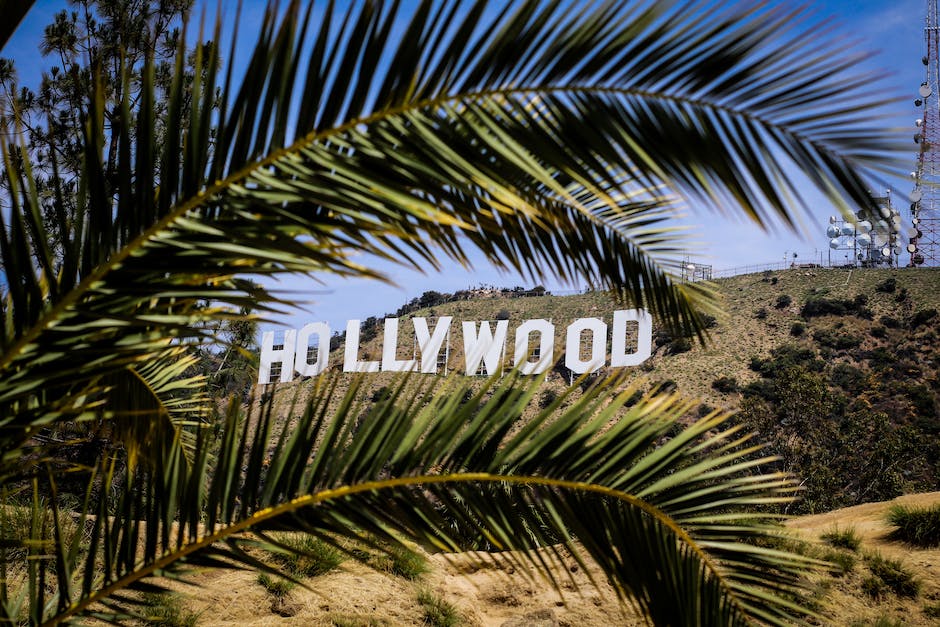Cannabis is a prevalent plant crop in both California and Europe. In fact, there are more dispensaries in California than Starbucks locations!
With so many people looking to buy cannabis, it’s no wonder there are numerous movies about it. Here, we will look at some of the most prominent ones and how they relate to the cannabis culture.
Many films glamorize drugs and their negative effects, making it difficult for people to create an open-minded approach to cannabis. However, these films only serve as examples of what has been done with marijuana before and how little people know about it.
The golden age of Hollywood

California has a long history of cannabis culture, with many prominent movie stars and film directors living and working in the state throughout the last hundred years.
These people championed cannabis culture and its celebrities like Lou Grant, Billie Jean King, and Steve McQueen have been highly revered in the cannabis community.
Many of these individuals were longtime smokers, which is one of the reasons they were so respected for their work. Many found their own forms of medicine to be soothing and authentic.
The rise of celebrity culture

In addition to having a vibrant underground cannabis culture, California has been a major player in the creation of celebrity culture.
Celebrities have used cannabis as a tool for publicity, and clubs like Hollywood’s L.A. Hash are used as set designs for their productions.
Many famous people in California use cannabis, and many work with specific strains to help enhance productivity and quality of life. Many use sativa strains because of their uplifting effects while others prefer indicas because of their more deepened effects.
At the same time, well-known elite members of the cannabis community like film directors and growers alike have turned to sativa strains for creative reasons.
These two sides of California’s celebrity drug culture have had an enormous impact on each other’s products and production methods, creating intense competition and spreading new strains across the state.
Cannabis and cinema history

Cannabis has a long history in California, dating back to the late For decades, cannabis was used medically as an analgesic and sedative.
But in the late forties and early fifties, films such as The World’s Fastest Man demonstrated its recreational use. This continued through the s and into the seventies, when more conservative films criticized its use.
This continued into the eighties with films such as When Worlds Collide, which discussed its medical benefits and its use in religious settings. In recent years, Hollywood has once again been critical of cannabis, with high-profile films such as Green Room and Skateland discussing its negative impacts.
This continues to drive down household perception of it and how easy it is to use. More importantly, it affects legislators’ perceptions of cannabis as a legitimate drug and not a Schedule I substance like heroin or LSD.
Marijuana in classical cinema

While not well known today, classical cinema was an important exposure to the marijuana culture for low-income and non-English speaking populations.
Classical film was often shown in modern times by re-running them on television or as a introduction to them. They were also a source of information for modern audiences, who were aware of their existence and importance.
For instance, the 1915 film The Gods of Tahoe introduced the term yaupque, which has been used to describe marijuana in popular culture. Or perhaps you already knew that The Holy Mountain (1925) featured a high CBD cannabis strain named after the medieval drug.
These references were not made in an attempt to shape California’s cannabis community or legitimize it in Hollywood. These references were made in order for movie studios to create new strains and characters for their films.
Hollywood and high times

Over the past few decades, film has played a large role in shaping people’s views of drugs, drug usage, and drug culture. While many view movies about drugs as negative representations, others see them as inspiring and motivating social norms for drug use.
With the proliferation of film surrounding drug use and production, California’s cannabis industry has been able to attain considerable exposure from these films. Many of these films have been released on Blu-ray and DVD, making them widely available.
Some of the most influential films regarding cannabis use date back to the early 1900s. Several notable people have described their experiences with cannabis, including Bob Marley and Albert Einstein. Both of them described effects they felt while smoking it, which later influenced how they viewed it.
Cannabis culture in Los Angeles

In Los Angeles, cannabis culture has continued to grow in popularity, expanding into new neighborhoods and communities. New social spaces have emerged to accommodate the cannabis community, further connecting it as a cultural group.
New local governments have been elected which have enacted cannabis legislation, further reinforcing the community’s position of power and influence. More importantly, the film industry has been heavily invested in California’s cannabis culture by creating film sets and filming locations.
This is important to California’s image as a leading state in technology and culture, as well as being a financial hub for the film industry. Having access to sets and location permits can be costly, making it necessary for filmmakers to fully understand local laws and standards.
Many films set in California feature either Los Angeles or North Hollywood as filming locations.
Celebrities and cannabis

While not very common in the U.S., there are several celebrities who have been publicly known to use or advocate cannabis. Examples include comedian Jim James, musician Pete Wentz, and actress Randi Raelian-Thomas, who is well known for her work with the sober community.
Many believe that using cannabis helps relax, and that is why they become more likely to use it as they get older. It also seems like people who use cannabis are more creative and inventive towards solutions to problems, which is what you would want in a leader.
Since 1980-2000, when most movies about drugs were made, there was never a movie about cannabis that wasn’t bad. All of the old movies were trashed at high times because of this! There were always rumors of how good it was, but no one wanted to make those films due to the risk of depiction of tolerance.
Cannabis legalization in California

Since 2000, California has seen its first two U.S. presidents, a governor, and several high-level politicians discuss legalizing cannabis.
In 2015, then President Barack Obama announced plans to begin a federal legalization process. This year, he left the job and was replaced by Donald Trump, who continues to support cannabis and legalized use.
Since Trump’s inauguration, movie theaters have begun playing “420” films on Friday and Saturday nights as part of the 420 holiday celebration. Films such as The Felt Effect and Red Dragon highlight themes of drug use, addiction, and revenge.
These films are no coincidence; they are designed to appeal to both young viewers and film executives know people who take drugs.





